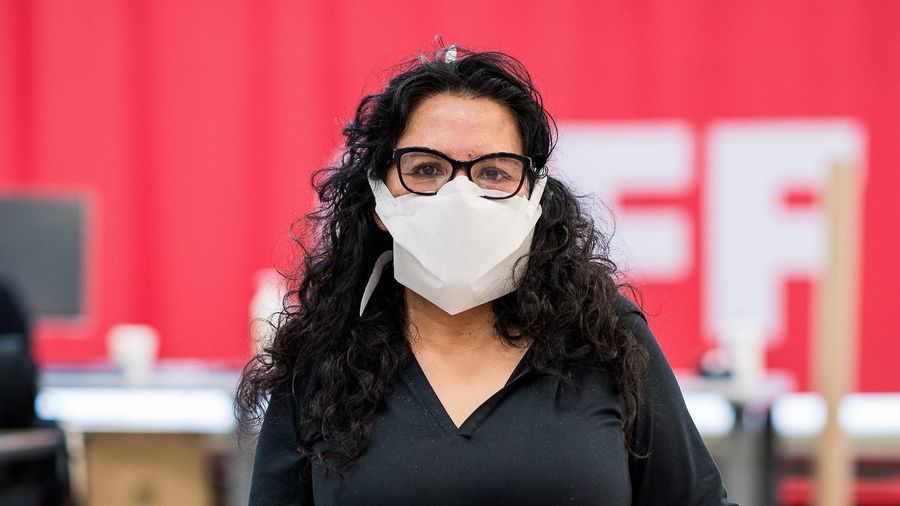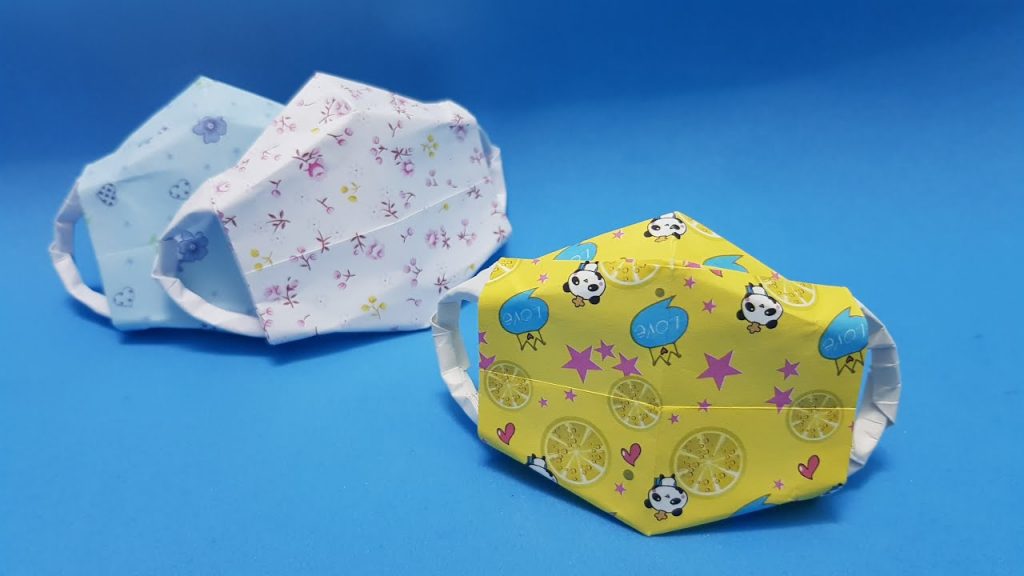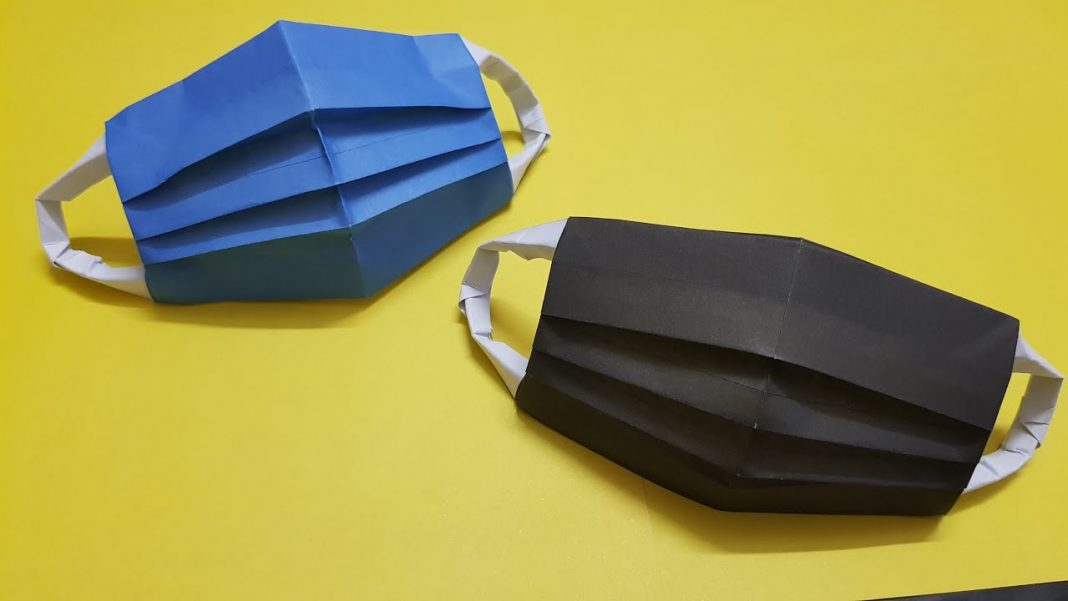For Richard Gordon, origami is like a piece of music. While an individual fold may not be particularly impressive, many together can make the paper sing. A floppy sheet can transform into a flapping bird, a floating boat, a blooming flower, or in the case of Gordon’s latest endeavor, a face mask.
“It’s a kind of alchemy,” says Gordon, the founder and CEO of Air99 LLC. Gordon is one of a growing number of mask designers who see the promise of better fit, function, and even fashion in the ancient art of origami. He began crafting masks more than a decade ago in Suzhou, China, when he couldn’t find a mask that properly fit his son to protect against air pollution. But the pandemic has given Gordon and other designers’ work fresh urgency.

The first major hurdle for origami mask designs is material. The mask isn’t a simple sieve. Instead, the material is more like a maze for particles—the more chances the particles have to run into a wall, the better the filter works. Two or three layers are better than one, and materials with less orderly structures, like the non-woven polypropylene of an N95 mask, make better filters. But most common fabrics are no good for origami, which requires rigidity in order to hold folds.
One potential solution is a polypropylene material commonly used in hospitals to wrap surgical instruments, explains Shu Yang, a professor of materials science and engineering at the University of Pennsylvania. She and her colleagues turned to this wrap during the early days of the pandemic when the protective gear was running short.
A study of one common wrap called Halyard H300 suggested that three layers of the material could achieve a filter efficiency close to N95 masks, the gold standard for filtration, which block at least 95 percent of 0.3-micron particles and even increase in efficiency for both larger and smaller particulates. What’s more, the wrap is readily available in large sheets and is stiff enough to hold folds. Last spring, Yang and her colleagues delivered 10,000 origami masks made of the wrap to the University of Pennsylvania’s medical school in case of shortages.

Another solution for holding a crease is creating an outer skeleton of stiff material. Air99’s Airgami mask, for example, is made of a flexible N95-grade filter fused with a more rigid and foldable layer. Since the outer structure doesn’t allow air to pass through, it’s punched with holes so air can reach the filter layer. And tests suggest that these materials can be sanitized with heat and reused multiple times.
Gordon and his team are continuing to work on speeding up production. The masks are available for purchase at $33.99 apiece, but Gordon hopes to bring the cost down as the company improves manufacturing. While he has developed tools to assist with folding, the design’s complexity means that the Airgami still must be folded by hand. The time to make a mask is measured in minutes. “We have to get down to seconds,” Gordon says.
But mask designers are optimistic about the future of origami. Gordon likes to reference a 2008 TED talk by renowned origami artist and physicist Robert Lang. “As weird and surprising as it may sound,” Lang said, “origami may someday even save a life.”
According to nationalgeographic.com















